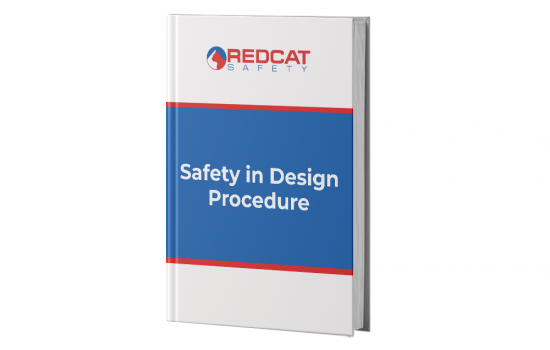What is Safety in Design?
Safety in design is the proactive identification and control of hazards and risks during the design of products, systems, or services. Safety in design encompasses the processes for identifying, assessing and controlling risks of all design aspects, including facilities, hardware, software, equipment, products, tooling, materials, energy controls, layout, configuration, etc. The goal of safety in design is to prevent injuries, deaths, and property damage by anticipating and eliminating hazards before they can cause harm.
What is a Safety in Design Procedure?
A safety in design procedure is the formal documented process for incorporating safety into the design phase of products, services and systems. It is intended to be used as a guide for identifying and addressing safety concerns early in the design process before they become expensive or difficult to fix. The procedure enables safety to be incorporated into design interfaces and to enable the clear assignment of responsibility with consideration to the inputs and desired outputs of a design.
The Five Key Principles of Safety in Design
Essentially, five key principles need to be followed with safety in design:
- Persons with control are the people (e.g. safety engineers and safety professionals) who make decisions affecting the design of products, facilities or processes and can promote safety at the source.
- Product lifecycle is the safe design that applies to every stage in the lifecycle from conception through to disposal. It involves eliminating hazards or minimizing risks as early in the lifecycle as possible.
- Systematic risk management applies to the hazard identification, risk assessment and risk control processes to achieve a safe design.
- Safe design knowledge and capability this can be either demonstrated or acquired by those who control the design.
- Information transfer is the effective communication and transfer of documentation of design and risk control information amongst everyone involved in the phases of the lifecycle.
Contents of this Safety in Design Procedure
- Approval.
- Purpose.
- Scope.
- Terms and Definitions.
- Roles and Responsibilities.
- Procedures.
- Five Key Principles of Safety in Design.
- Design Principal Responsibilities.
- Risk Management Processes.
- Competencies, Skills and Knowledge for Safety in Design.
- Design Overview.
- Design Dossier.
- Assurances.
- Related Procedures, Forms and Documents.
- Review Criteria.
- Record Management.
- References.
Why Choose to Buy this Safety in Design Procedure
This 9-page procedure can assist you enable safety and health to be incorporated into design interfaces and to enable the clear assignment of responsibility with consideration to the inputs and desired outputs of a design. This procedure can be applied to integrating safety into the design process of any permanent or temporary physical asset.
After purchasing this template you will be able to:
- Very easily edit and customize the template to create your own procedure.
- Apply your own style, format and brand to the procedure.
- Use it in any industry or sector regardless of the size or type of organization.
Availability and Use of this Safety in Design Procedure
- This procedure is accessible to you right now by clicking the ‘Buy Now’ button.
- The procedure will be delivered to you in fully editable Microsoft Word format for immediate and full use in your business.
- There are no subscriptions, contracts or ongoing costs.


